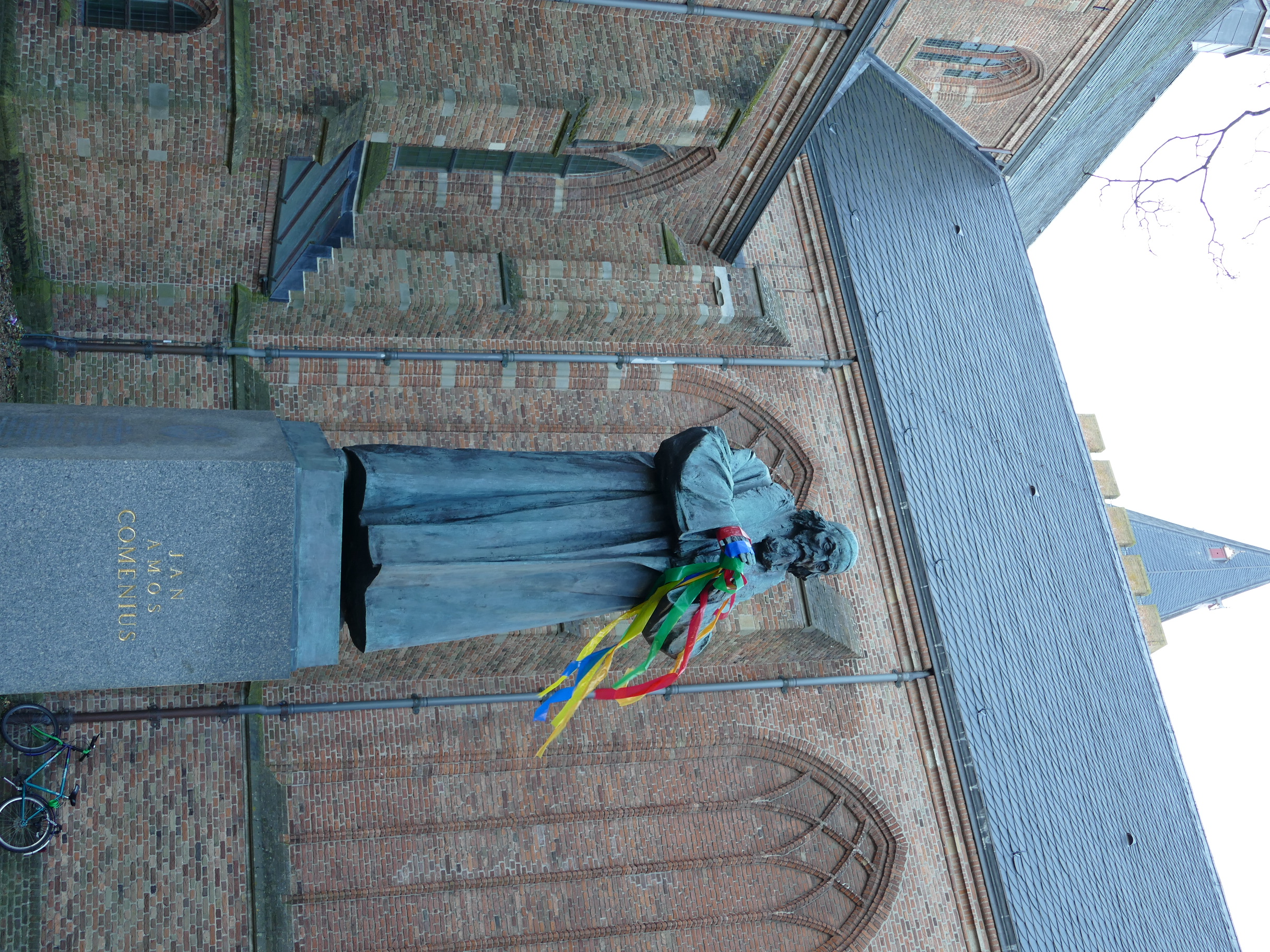Δαμάζοντας το τσουνάμι
Είναι ένα τσουνάμι που φουσκώνει και χτυπάει όλες τις ακτές, όπως και τις στεριές. κι είναι μόνιμο και έχει μερικές δεκαετίες που όλο και ψηλώνει....
The third Walking.School excursion has broken some new ground! It is our first walk outside Amsterdam, namely the beautiful fortified town of Naarden.
Walking.School 03 took place on 27 February 2022, starting at 2:30 pm and lasting for a couple of hours.
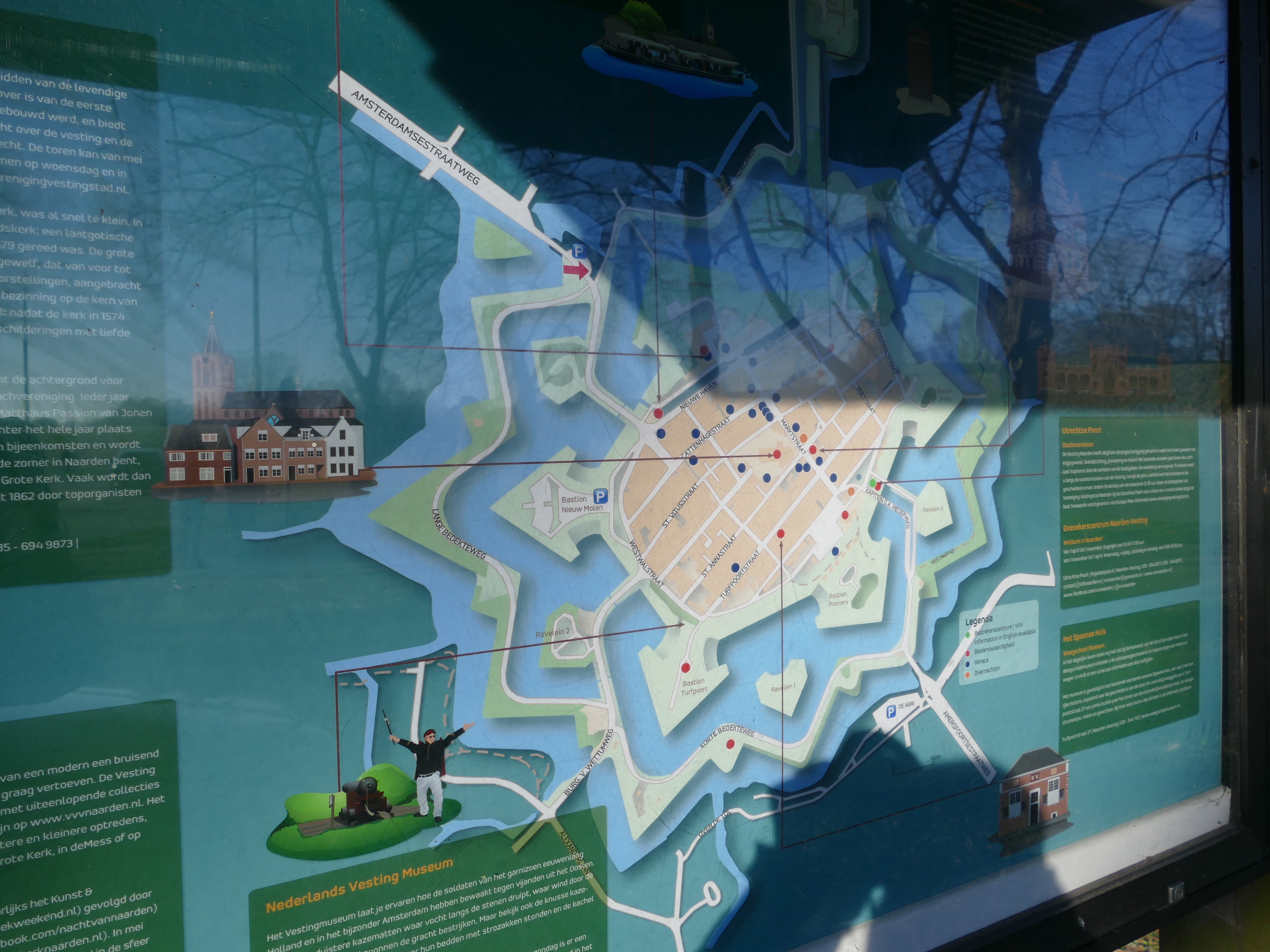
The walking path was first along the outside perimeter of the fortifications then the same inside the town.
It is a cold but brilliant day.
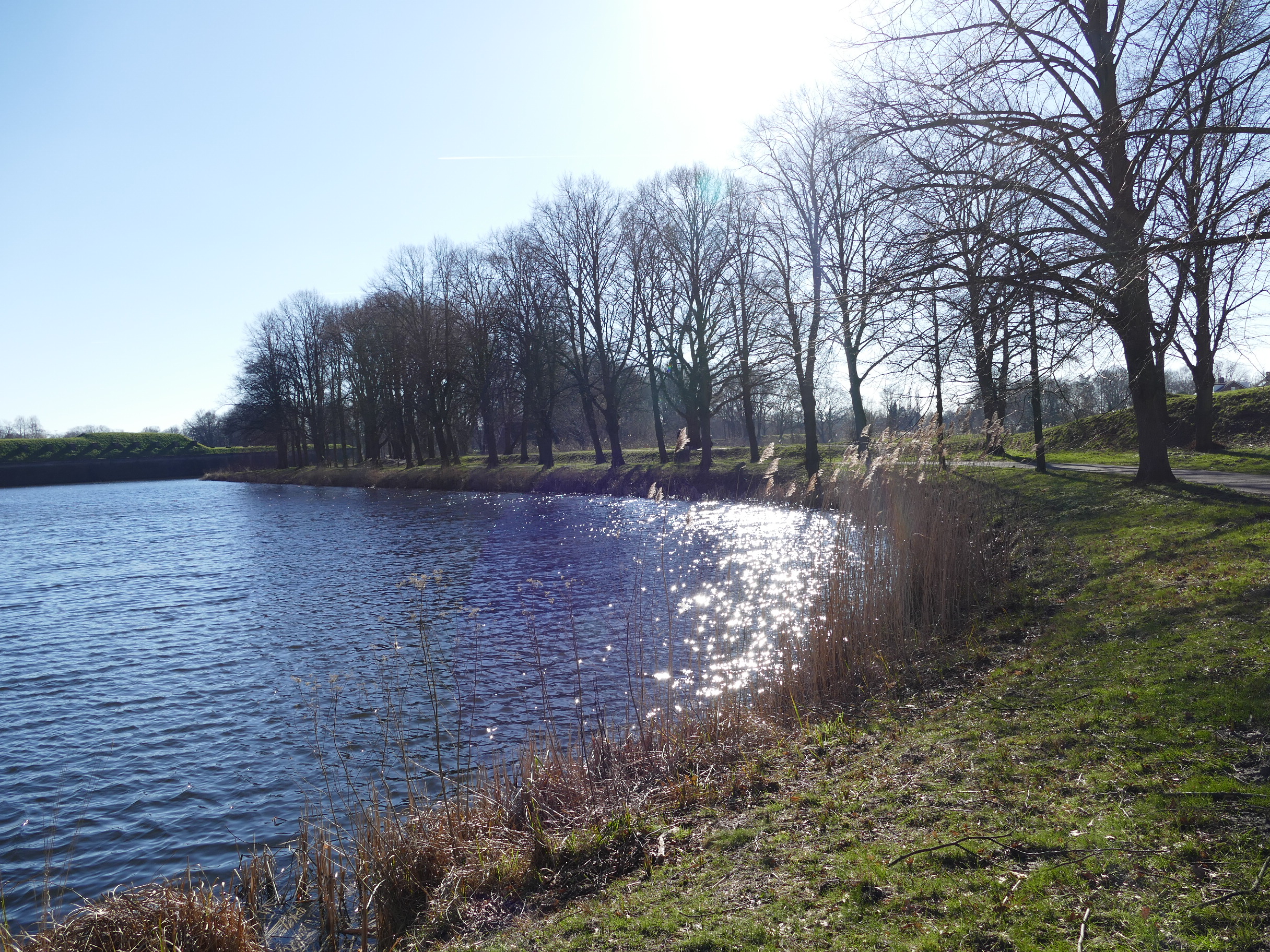
The expectant nature, the abstract shapes of the defunct fortification don't give any hint of the long and tortured history of Naarden. Its journey started around the year 1000 and wars have been fought for the city several times, in the Eighty Years' War (the Naarden Massacre of 1572), in the disaster year (Siege of Naarden, 1673) and during the French period (Siege of Naarden, 1813).
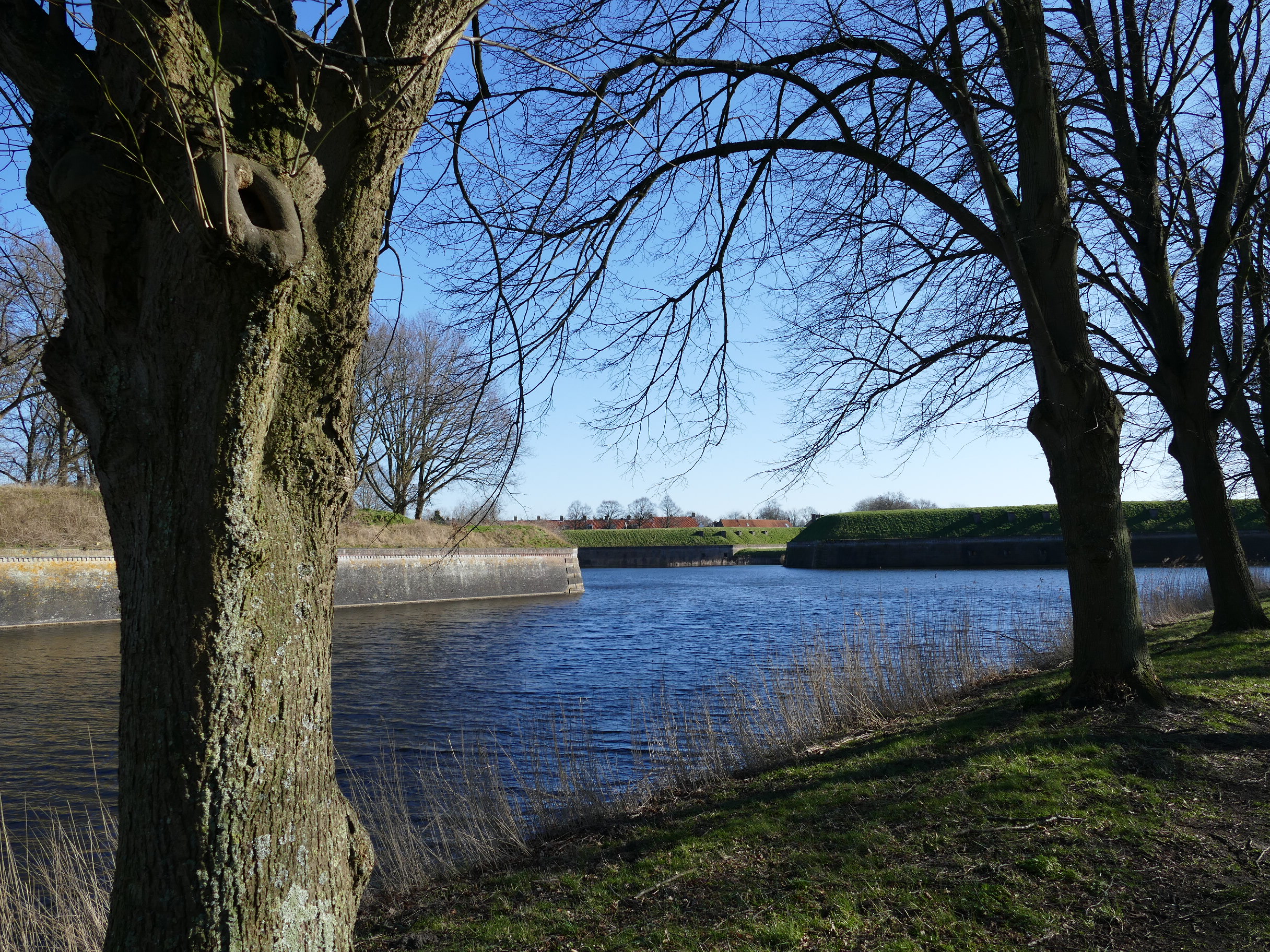
Naarden is one of the best-preserved fortified towns in Europe. The fortress that surrounds the town has a well-preserved star shape, six bastions, double ramparts and a double ring of canals. We are walking around the outer perimeter, along a path lined with trees.
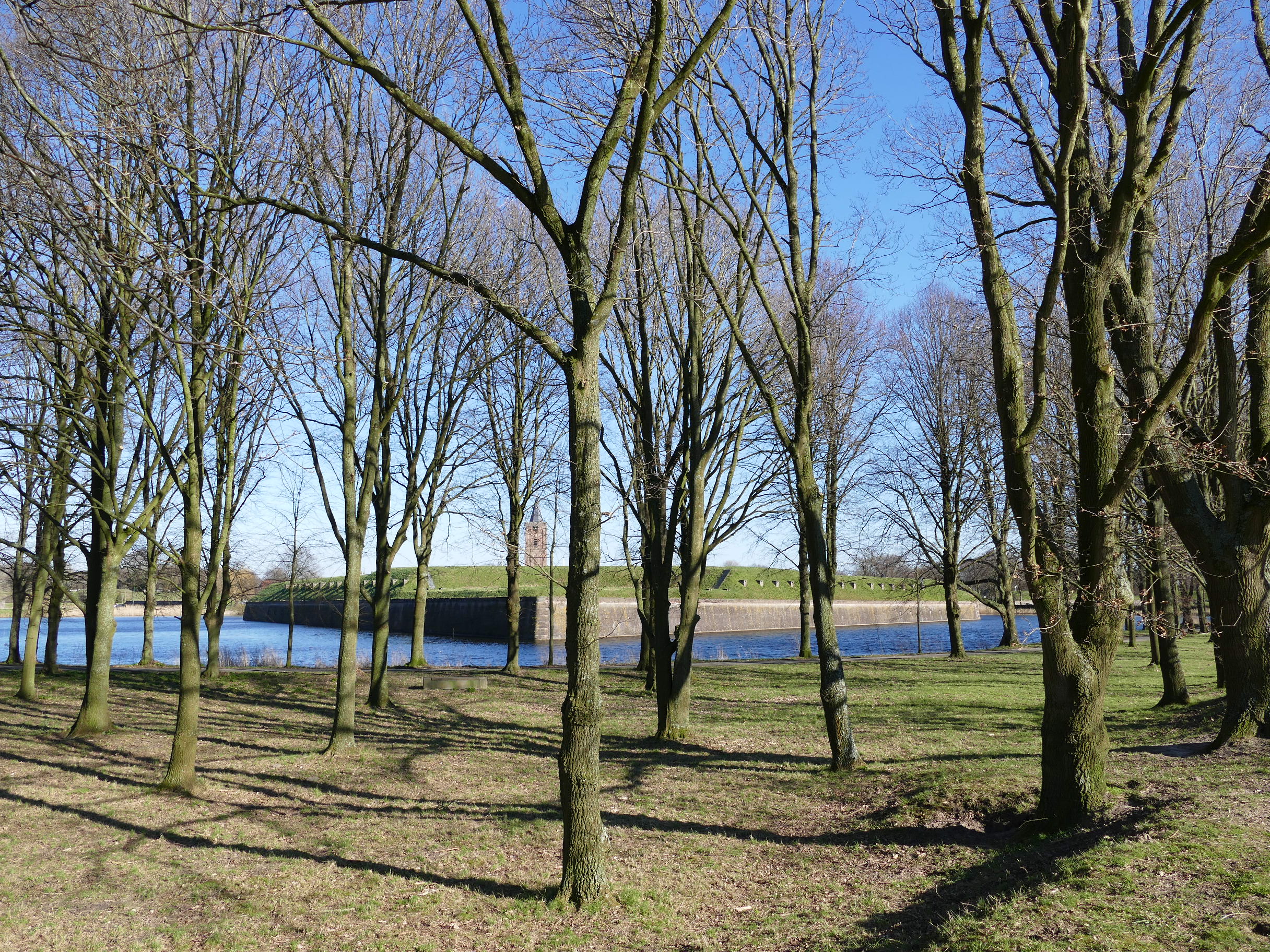
Spring in the air somehow...
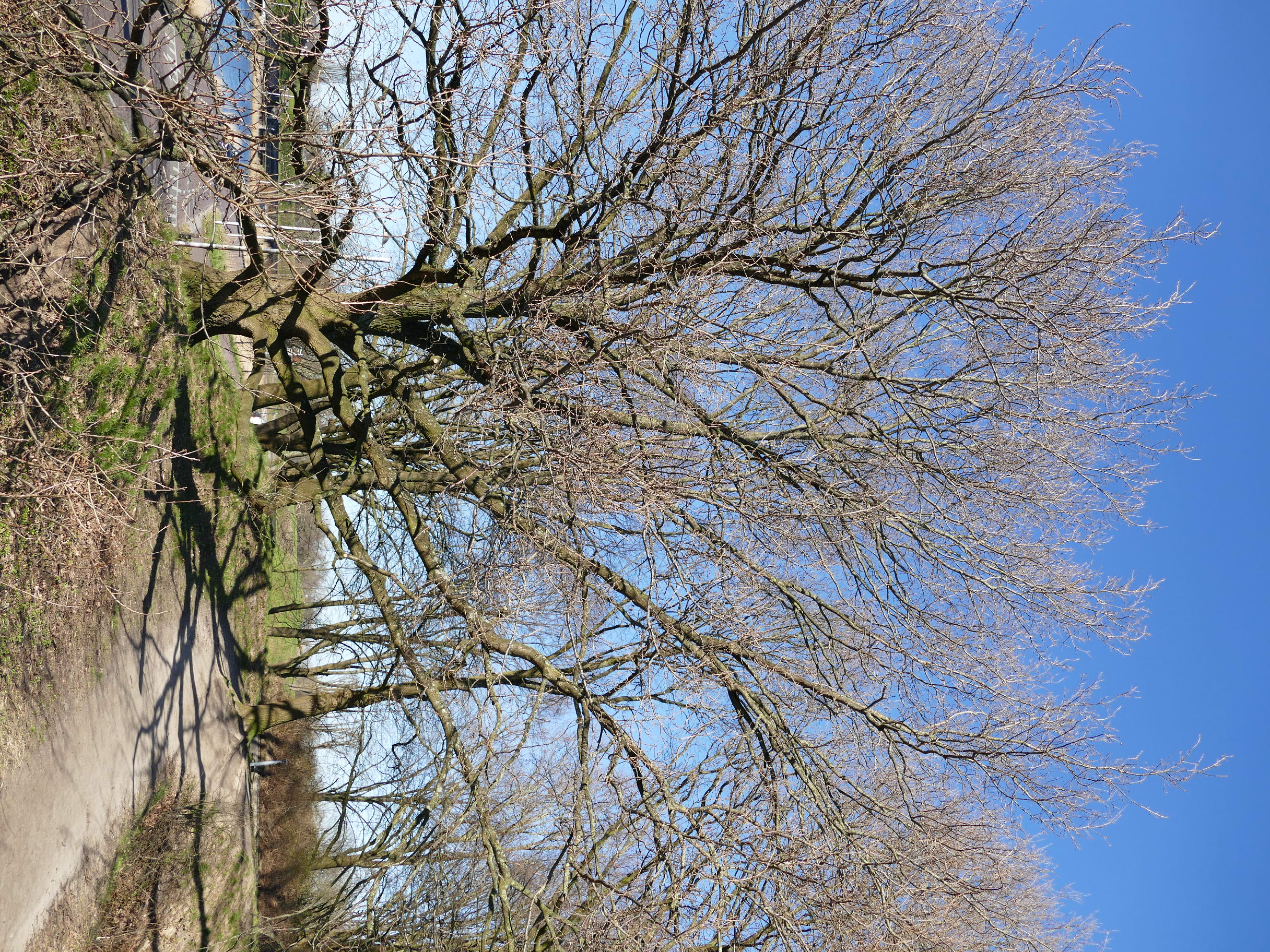
... but the damage from Storm Eunice is still very visible.
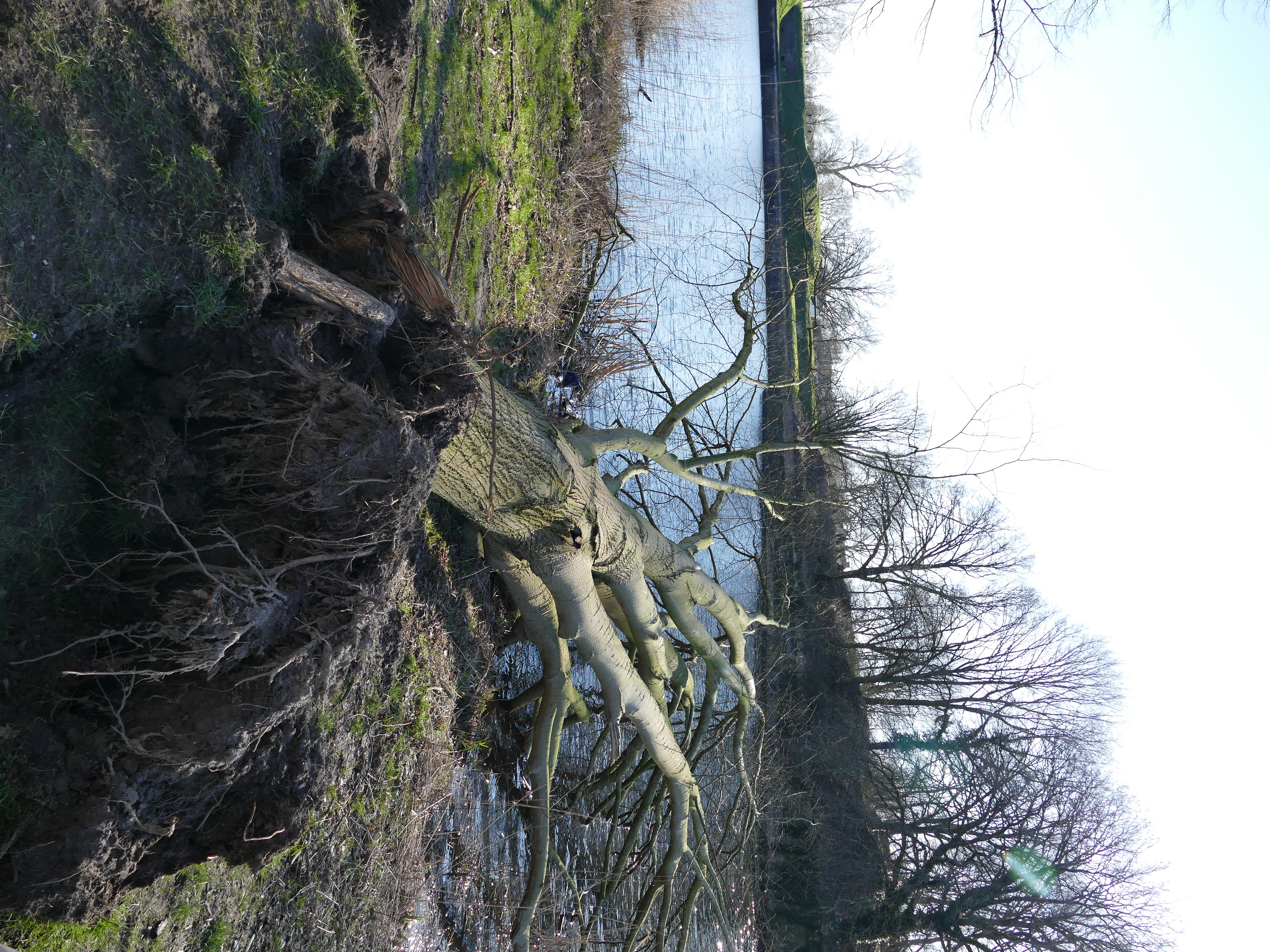
The pony obviously survived the storm but looks a bit forlorn and lonely.
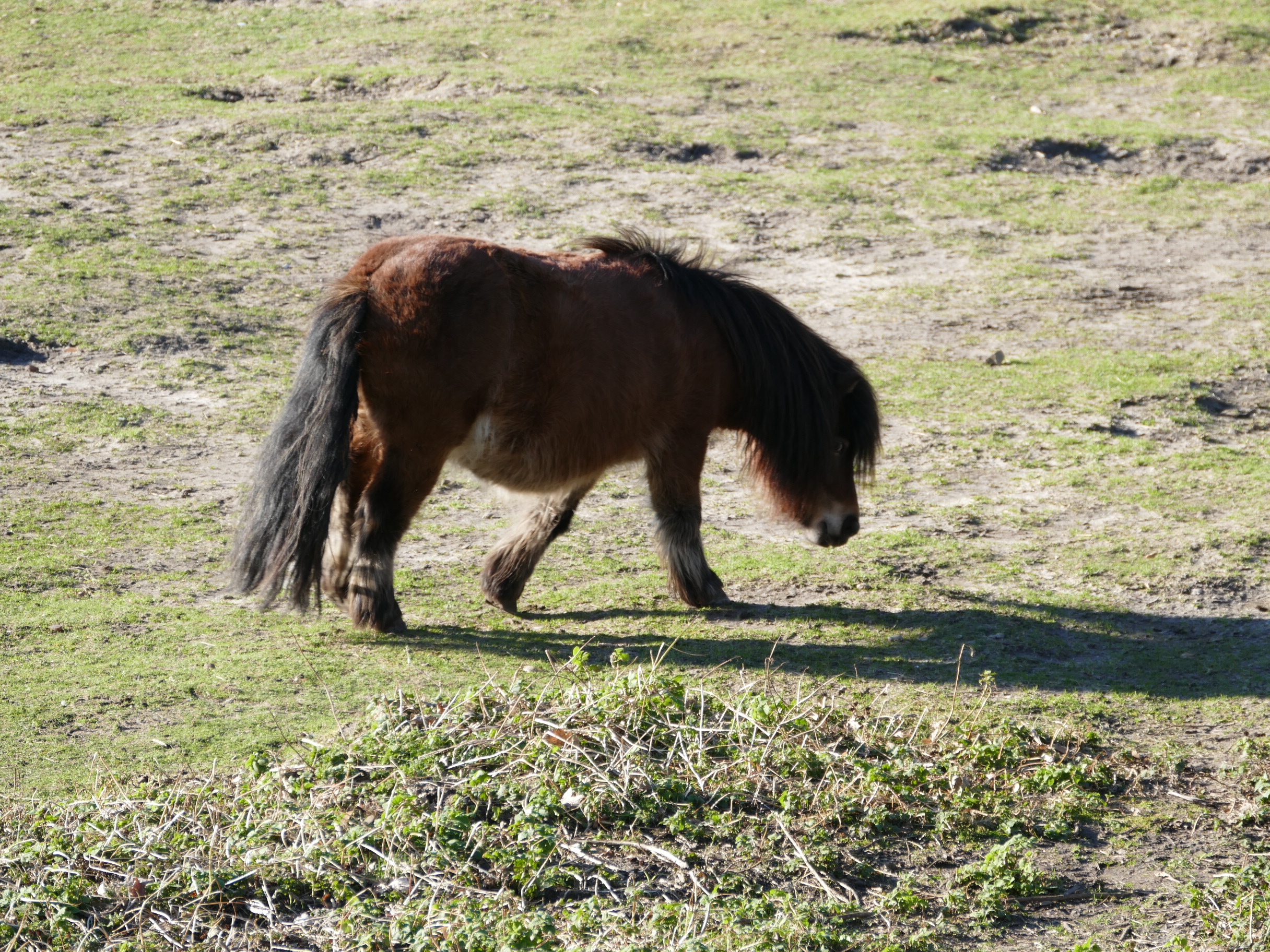
We complete the outside loop and then enter Naarden proper. There are several entrances into the town, some more monumental than others.
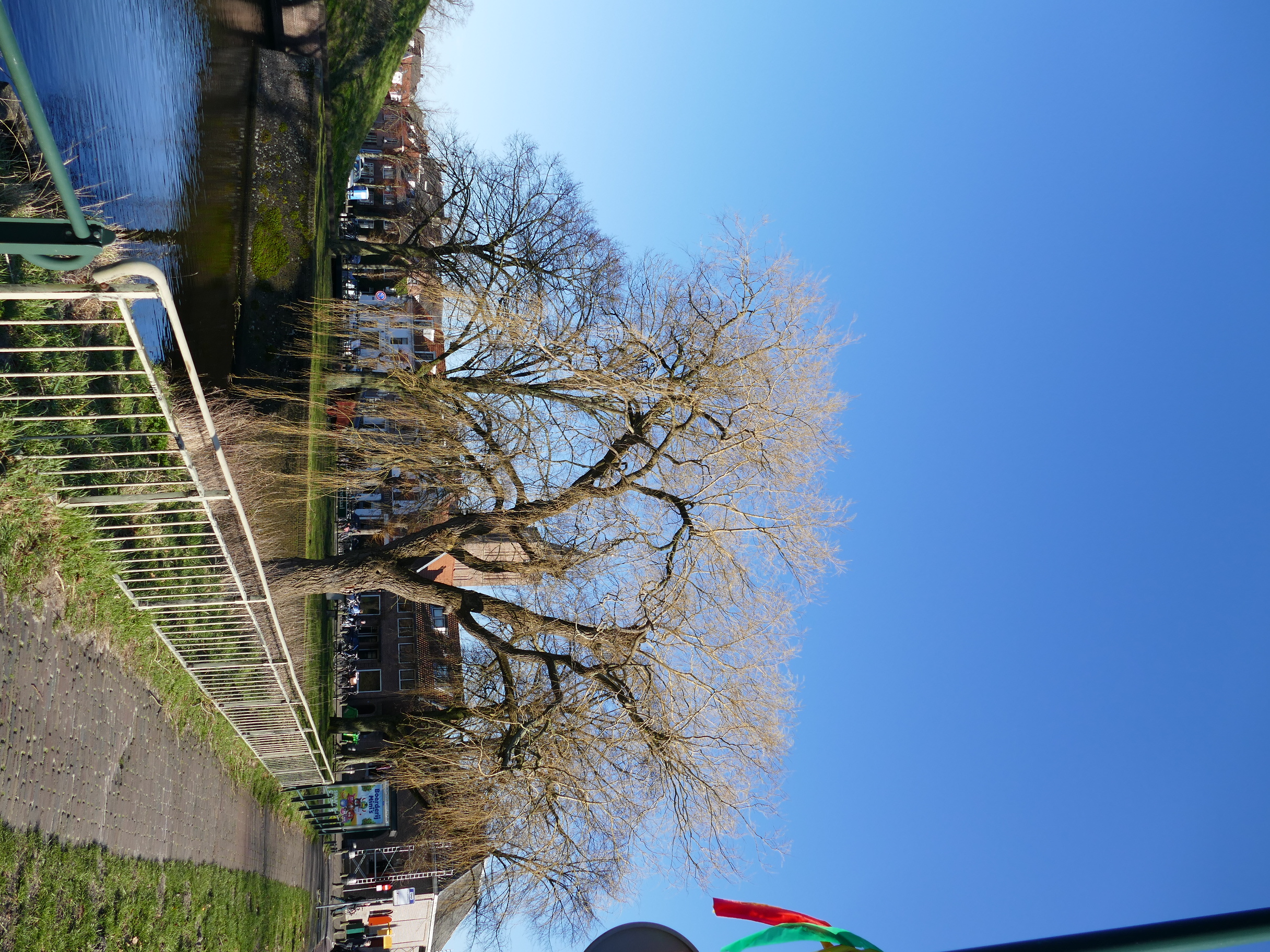
The town boasts quite a few galleries, antique and curio shops.
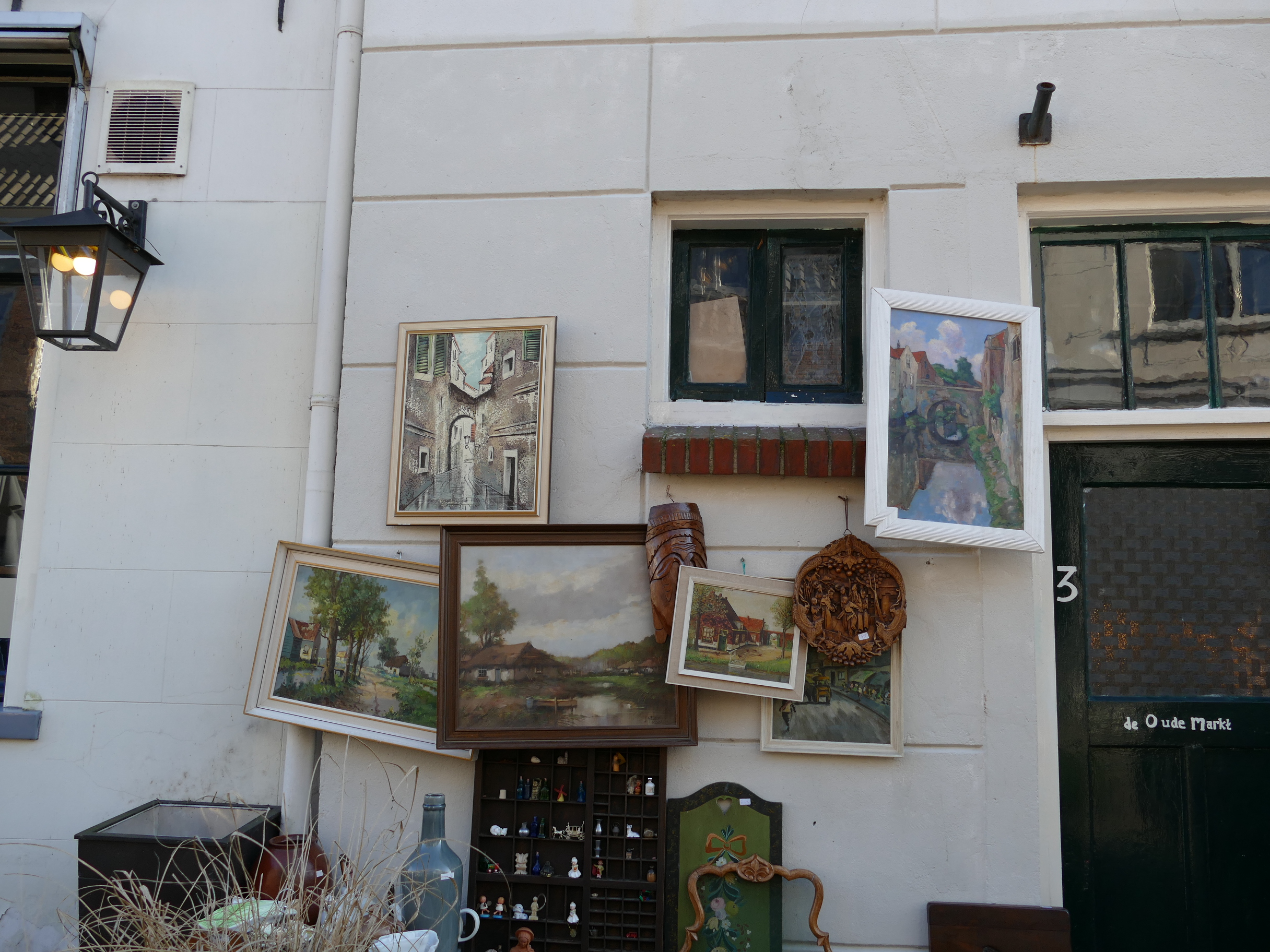
We stumble upon a carnival parade with a brass band.
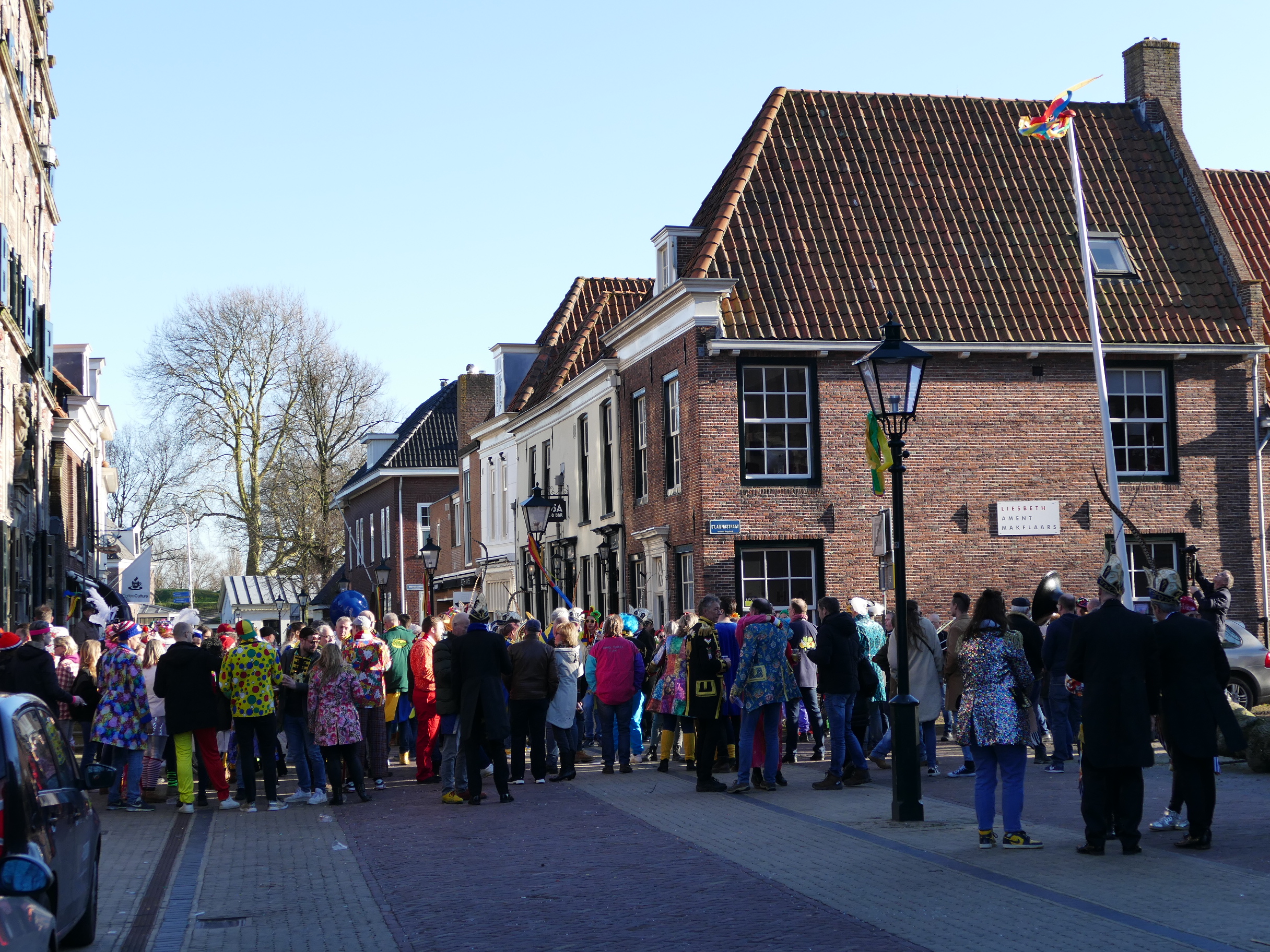
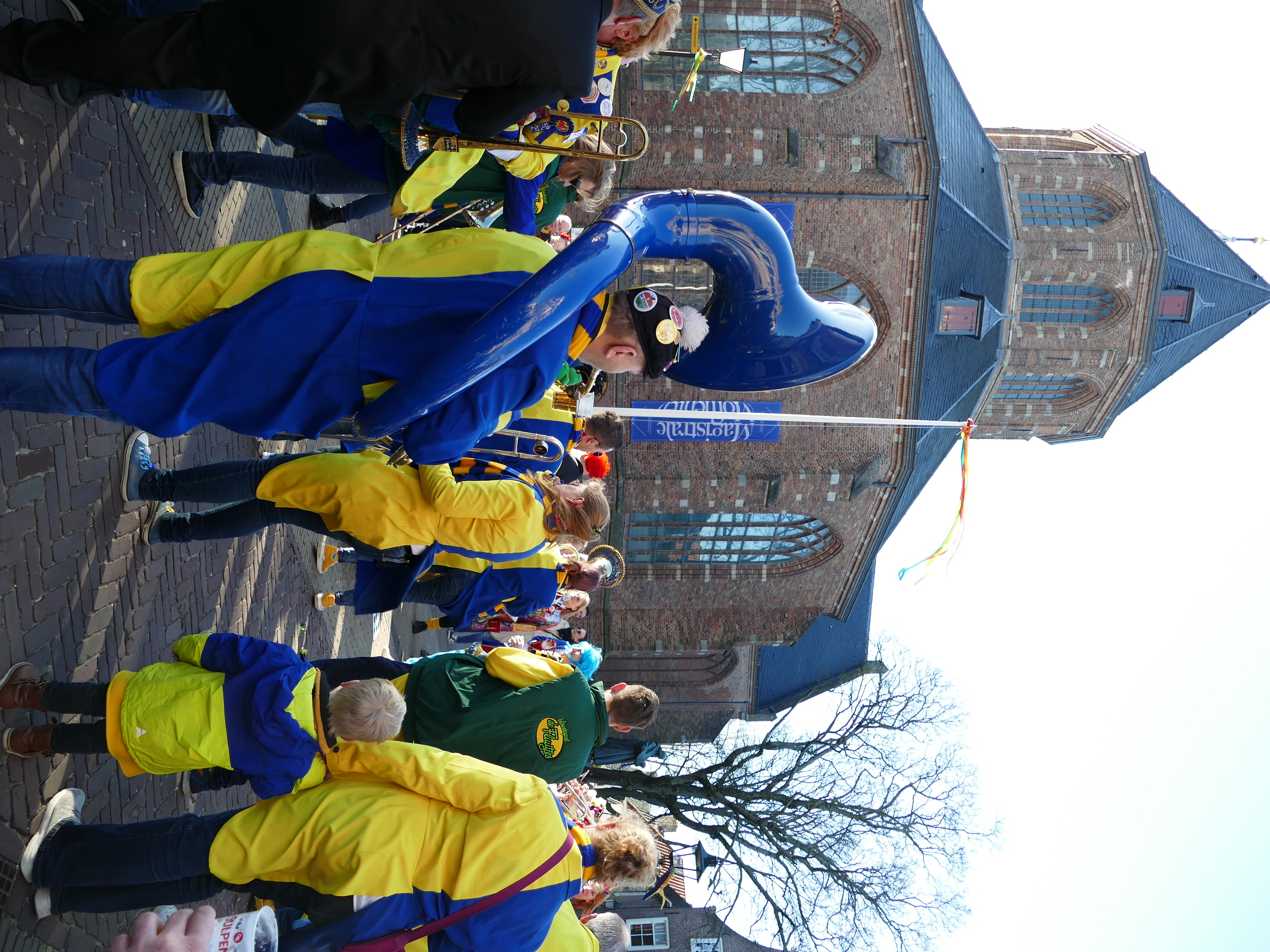
The Utrechtse Poort is one of the two monumental gates of Naarden. The gate was built in 1877 and replaces a gate from 1680 on the same site. It gives access to the city from the direction of Utrecht (therefore the name.) The current gate consists of one open passage. The facade is made of brick and decorated with natural stone. The gate was designed by Jacobus van Lokhorst.
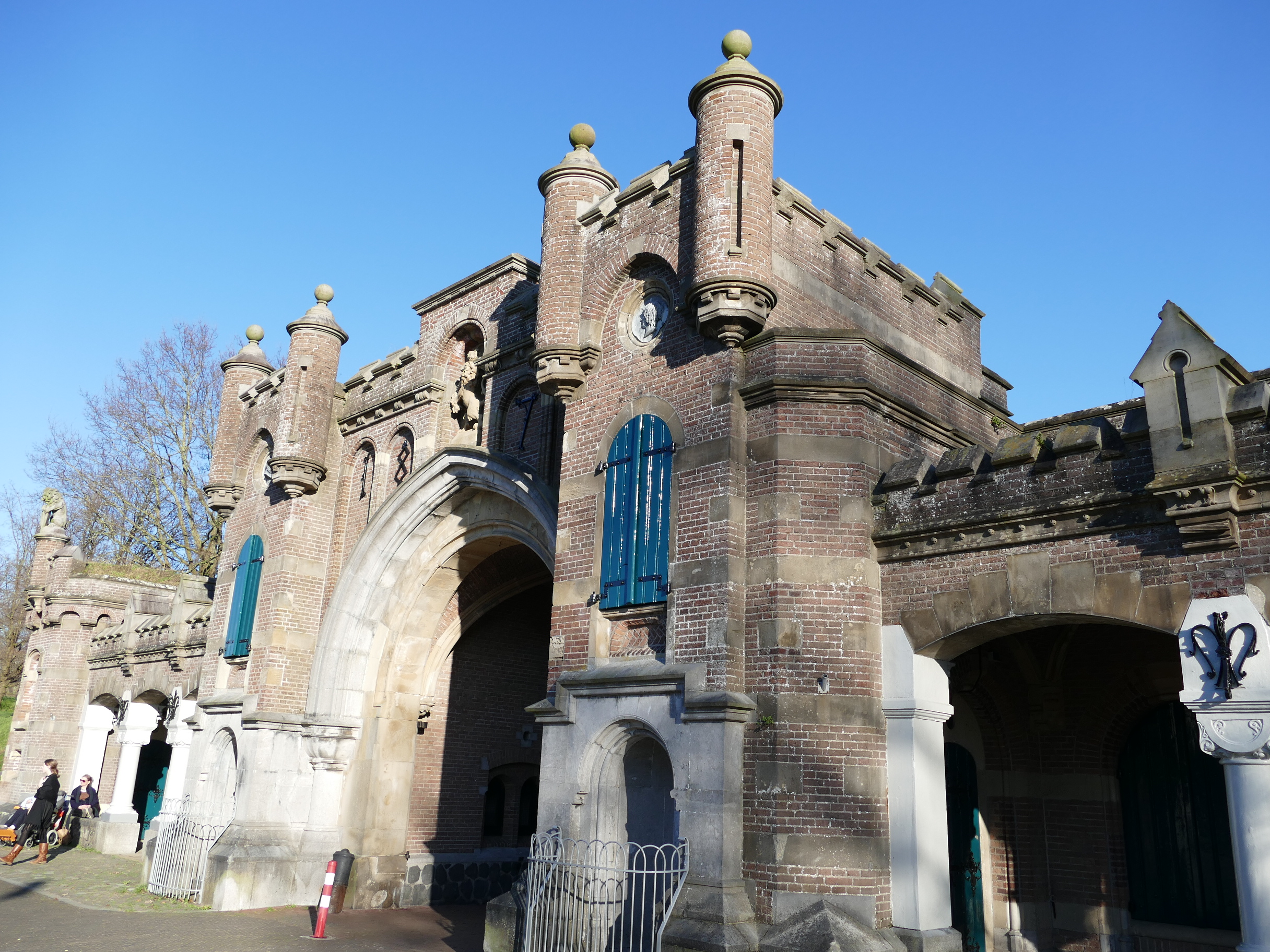
We continue walking around the inner perimeter.
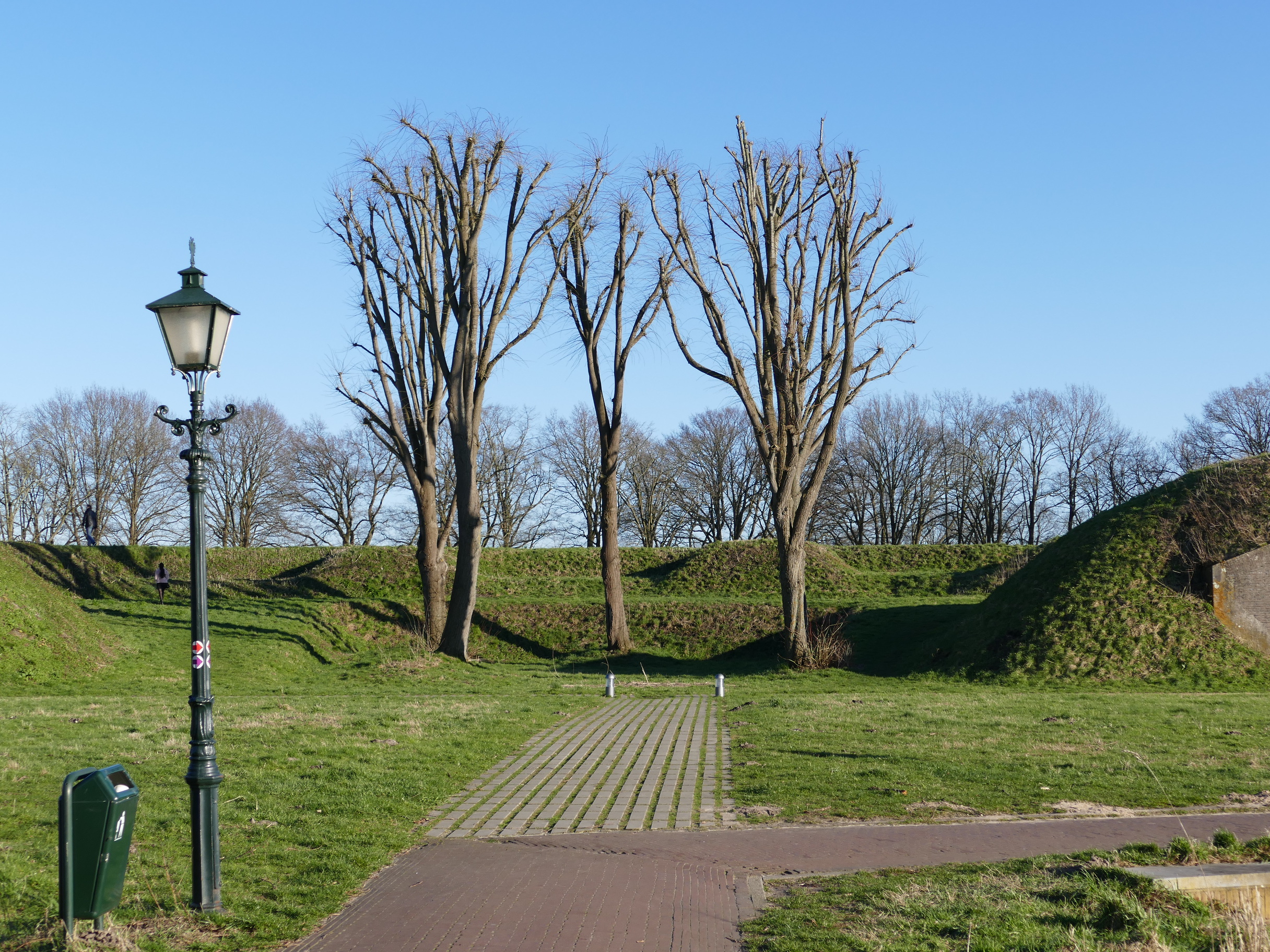
The Town Hall dates from 1601 and is an example of the Dutch Renaissance style. Characteristic of this building is the double stepped gable.
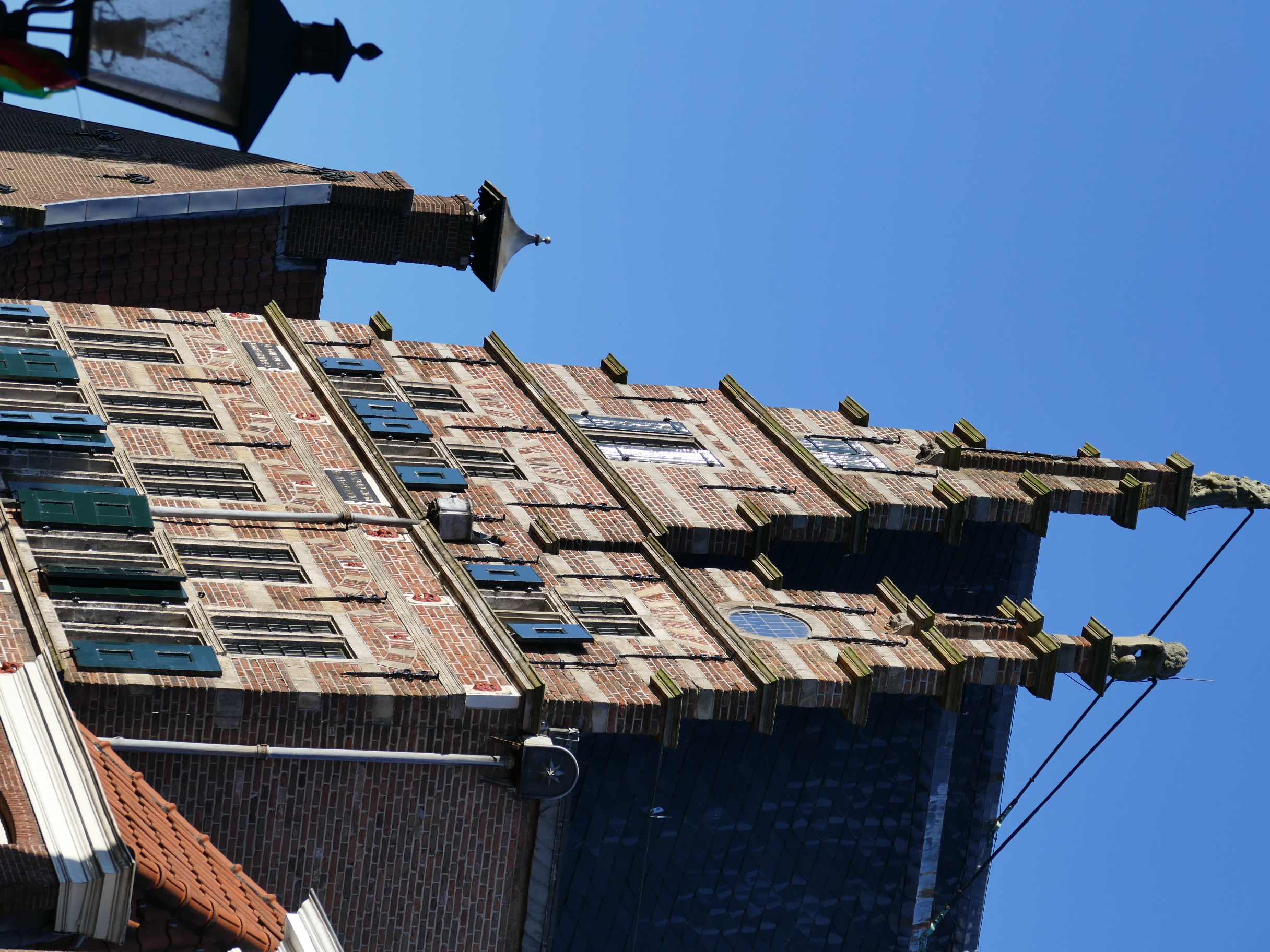
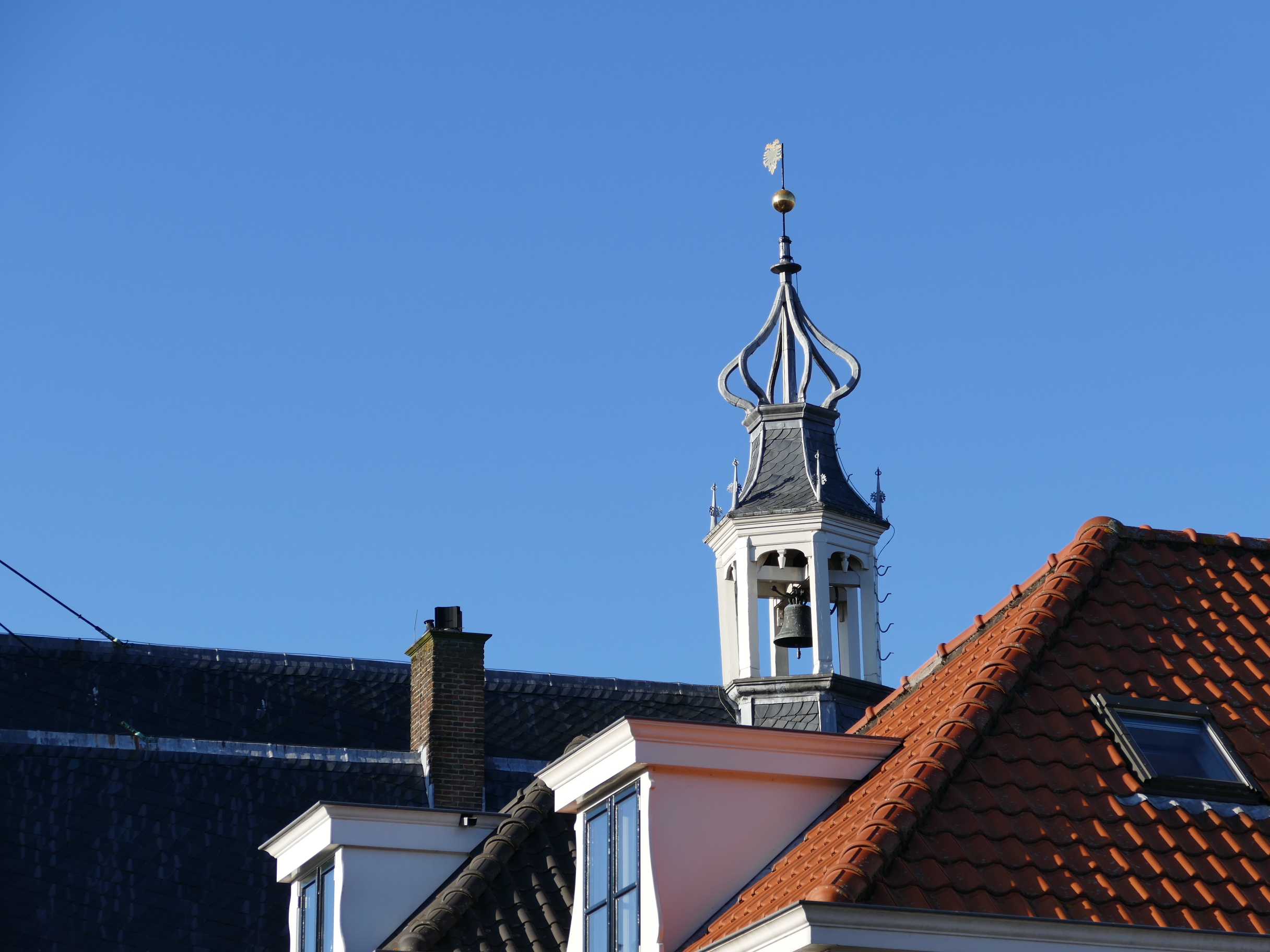
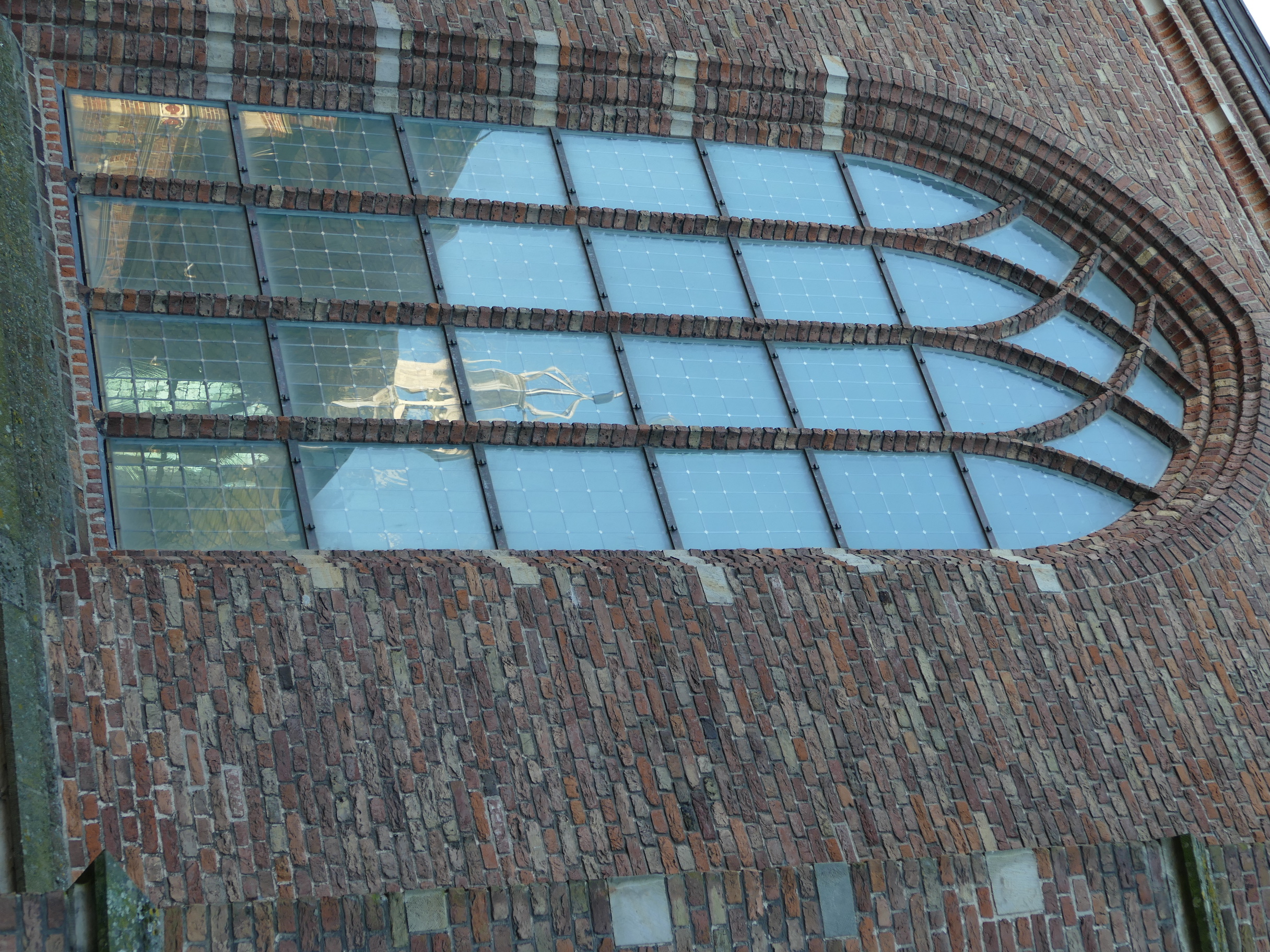
The Naarden flag is yellow, with a black double eagle. Around the year 936, Emperor Otto II is said to have donated the weapon when Naarden was founded. However, this is not possible, as heraldry did not appear until the 11th century and for cities only a century later. It is fairly certain that the coat of arms is of German origin, because the first German emperors already carried a double-headed eagle as a personal coat of arms. Other cities whose coat of arms has a double-headed eagle are Groningen and Nijmegen.
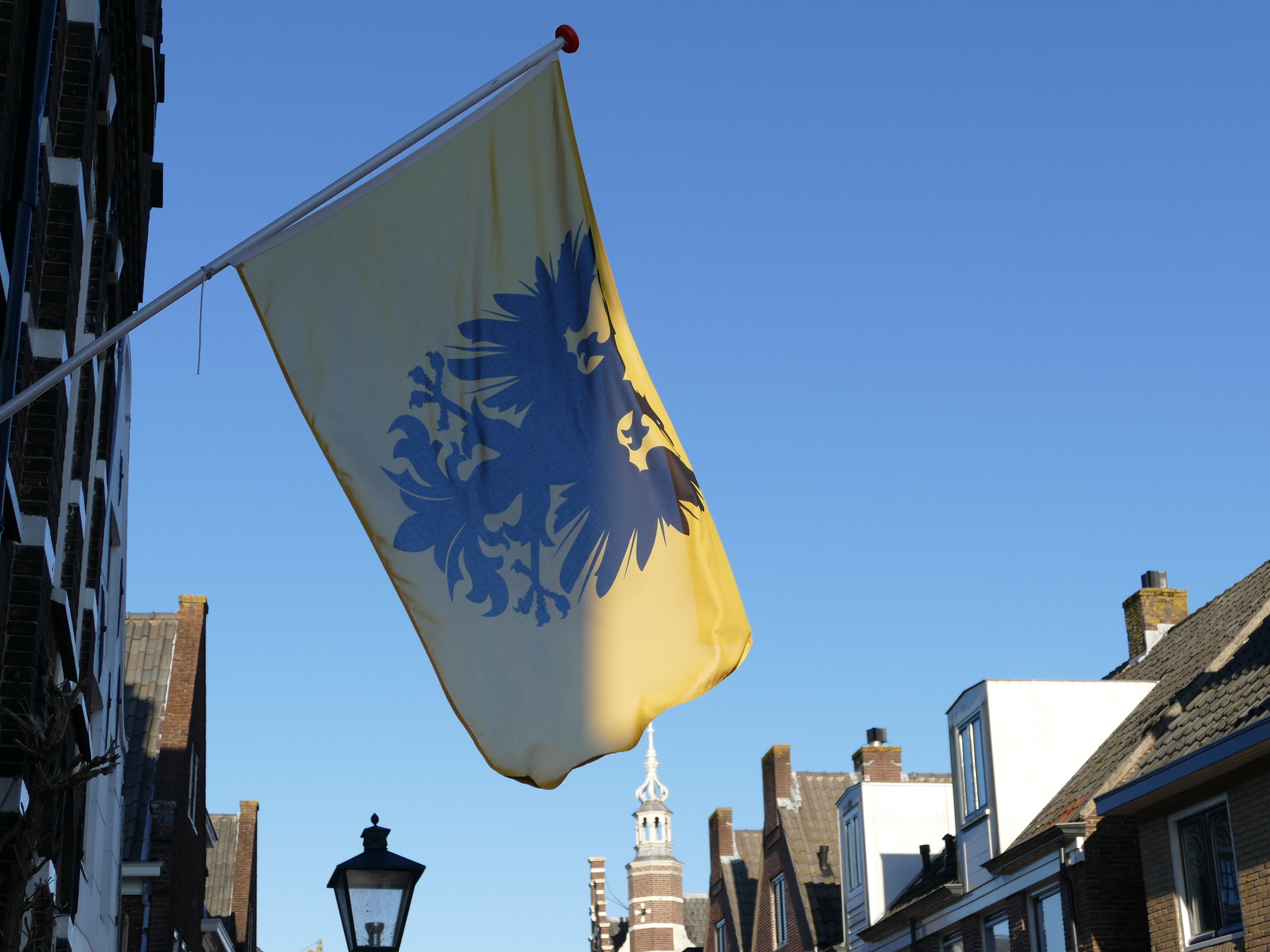
The Grote or Sint-Vituskerk is a late Gothic cruciform basilica. The oldest part of the church is the tower, a remnant of a predecessor of the present church, which was built between 1380 and 1440. The church is known for the annual performance of Bach's St Matthew Passion by the Netherlands Bach Society on Good Friday.
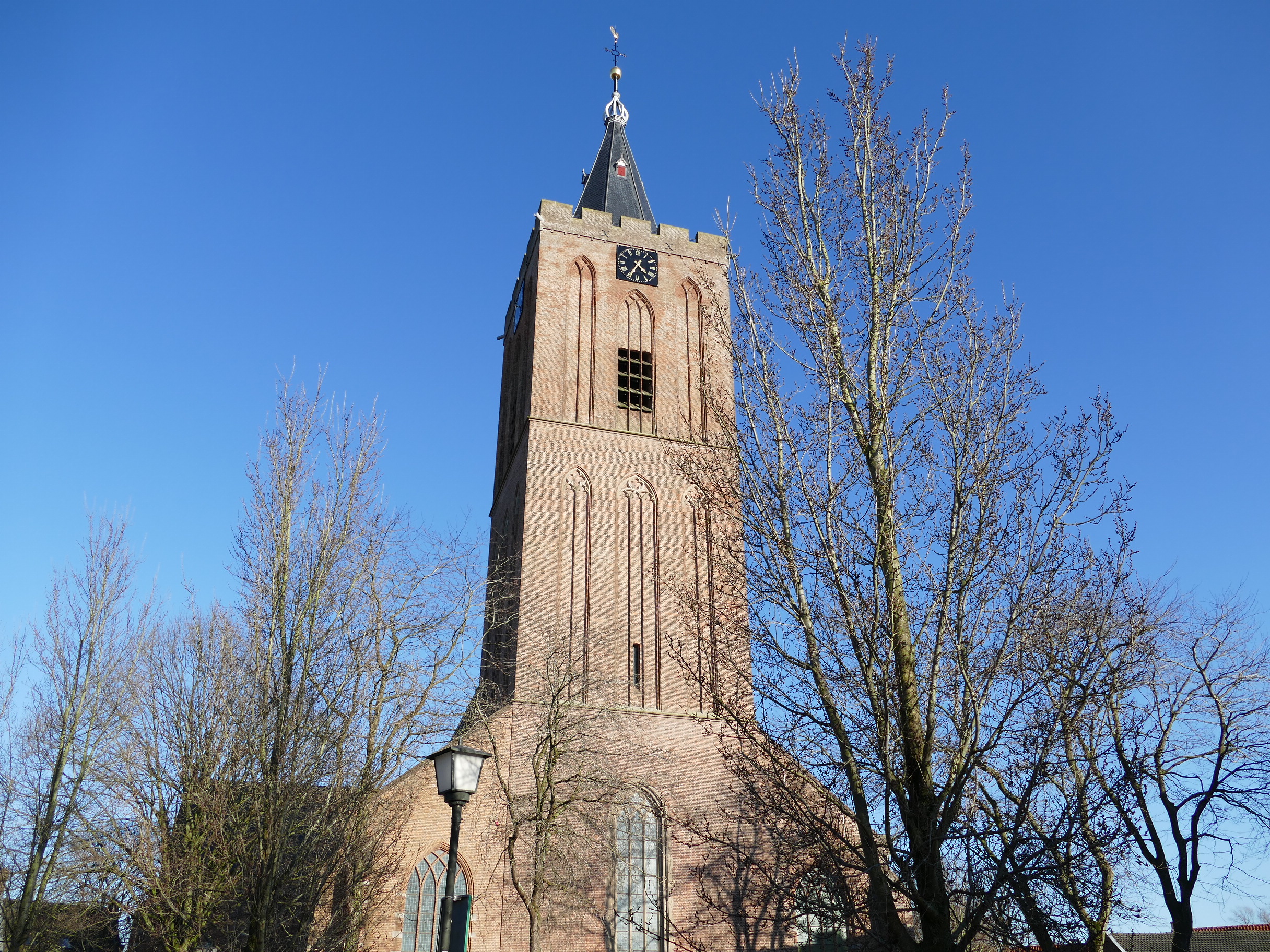
Last but not least, the famous Czech philosopher, pedagogue and theologian Jan Amos Comenius (who is considered a key reformer that shaped modern education and influenced other educational reformers like Rousseau, Pestalozzi) was buried in Naarden after his death in 1670. Comenius should have been buried in Amsterdam, but there was no money for that.
Comenius introduced a number of educational concepts and innovations including pictorial textbooks written in native languages instead of Latin, teaching based in gradual development from simple to more comprehensive concepts, lifelong learning with a focus on logical thinking over dull memorization, equal opportunity for impoverished children, education for women, and universal and practical instruction. Not bad for somebody born in 1592.
He lived and worked in many regions of the Holy Roman Empire, and other countries: Sweden, the Polish–Lithuanian Commonwealth, Transylvania, England and Hungary. What brought him in Amsterdam? In 1655, while in Leszno, Poland he declared his support for the Protestant side, for which Polish Catholic partisans burned his house, manuscripts, and his school's printing press. From Leszno he took refuge in Amsterdam where he died in 1670.
